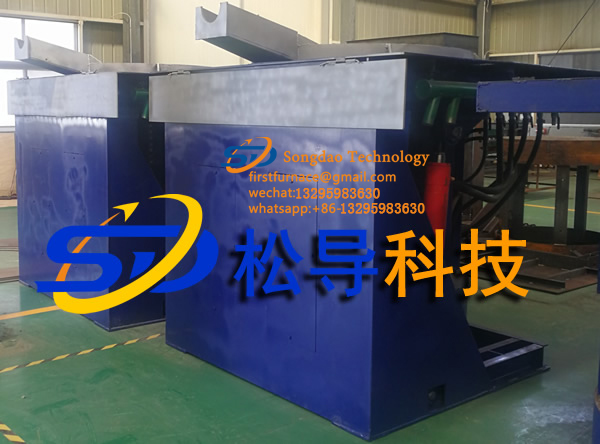- 17
- Jan
Yuav ua li cas xaiv cov khoom siv cua sov induction
Yuav ua li cas xaiv cov khoom siv cua sov induction
1. The shape and size of the workpiece to be heated: For large workpieces, bars, and solid materials, induction cua sov khoom with relatively high power and low frequency should be used; for small workpieces, pipes, plates, gears, etc., use relatively low power and high frequency Induction heating equipment.
2. The depth and area to be heated: the heating depth is deep, the area is large, and the overall heating should be high-power, low-frequency induction heating equipment; the heating depth is shallow, the area is small, local heating, and the relative power is small, and the frequency is high. Heating equipment.
3. Required heating speed: Fast heating speed is required. Induction heating equipment with relatively large power and relatively low frequency should be selected
4. The continuous working time of the equipment: The continuous working time is long, and the induction heating equipment with a slightly larger power is used. On the contrary, the equipment with relatively small power is selected.
5. The connection distance between the induction component and the equipment: the connection is long, and even water-cooled cable connection is required. Induction heating equipment with relatively high power should be used.
6. Process requirements: Generally speaking, for quenching, welding and other processes, you can choose a lower power and a higher frequency; for tempering, annealing and other processes, choose a higher relative power and a lower frequency; red punching, hot forging If a process with a good diathermy effect is required, the power should be larger and the frequency should be lower.
7. Cov khoom siv ntawm cov khoom ua haujlwm: ntawm cov khoom siv hlau, lub siab melting point kuj loj, qhov qis melting point kuj me me; qhov qis resistivity yog siab dua, thiab siab dua resistivity yog qis dua.

